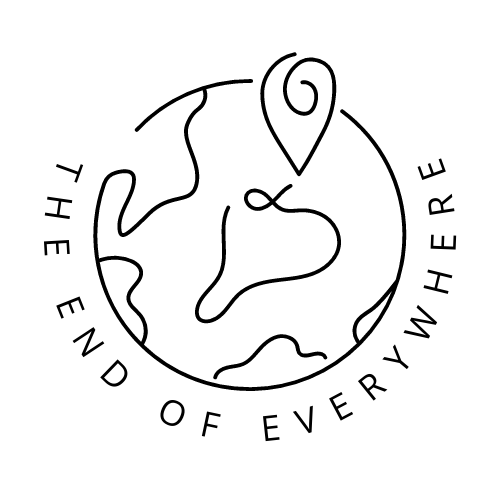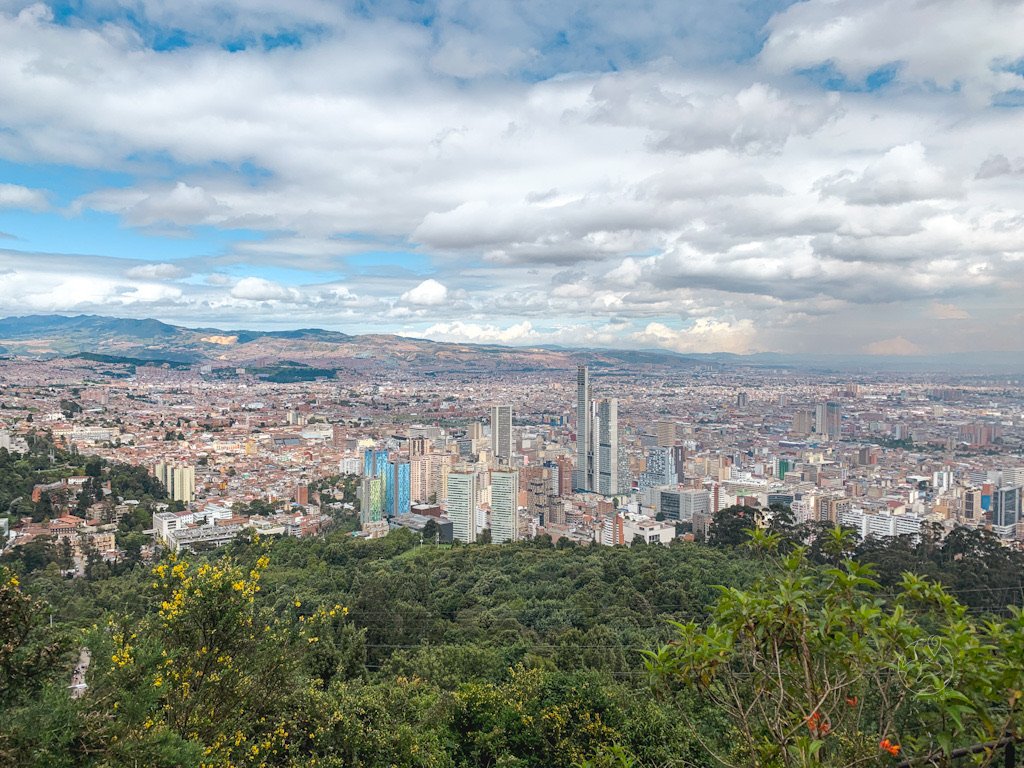Lunar Landscapes in the Tatacoa Desert
The Red Desert looks like it could be on another planet
Leaving Salento, we prepared ourselves for another epic journey across Colombia. This time, we weren’t travelling a huge distance compared to other journeys we had undertaken, but our destination looked like it could be on another planet.
We set off from Salento at 7am for the town of Armenia. From there, it was another bus through winding mountain roads to Neiva. We rushed around the bus station and finally found the third (and tiniest) bus of the day, to Villavieja. When I say this bus was tiny, I mean it. It was maybe the most uncomfortable we’ve been, as the temperature was back up to above 30degrees and we crawled through rush hour traffic, piled on top of each other as well as strangers. Our backpacks, too big for the luggage compartment, were strapped to the roof of the bus, adding another worry to an uncomfortable journey. We arrived 12 hours after leaving Salento just as the sun was setting over Villavieja - gateway to the Tatacoa Desert.
It’s not actually a desert…
The Tatacoa Desert is not a true desert in the traditional sense, but rather a semi-arid region filled with rocky sand formations, canyons, and cacti-dotted landscapes. Spanning over 300 square kilometers, region known as the desert is divided into two distinct sections: the red desert (Cuzco) and the gray desert (Los Hoyos). This unique ecosystem is only possible because of the two branches of the Andes that surround the area and catch most of the rainfall, leaving the Tatacoa arid.
Tatacoa is dotted with hiking trails, which we were looking to discover on our visit. We had read that the best way to reach the desert is with a tuk tuk driver, who will drive you to all the trailheads so you can explore, but walking around town it was difficult to work out where to arrange this. Back at our hostel, the owners said they knew a good guide who could take us so we booked ourselves in and got excited.
An Unexpected Adventure on Two Wheels
Many travellers opt to stay in the desert itself, but the boutique glamping was a little out of our budget range. We found the town of Villavieja to be a peaceful place, centred around the main square. Compared to our travels in Colombia to that point, it felt like a relatively unknown destination - our guides told us that not many English-speaking people visited… indeed, we couldn’t find an English speaking guide! But lovely Ramiro and Felipe spoke in slow and simple Spanish with lots of hand gestures so we could get the most out of the experience - we think our Spanish improved more on this one day than with months of duolingo!
Ramiro greeted us the next morning with news that his car had broken down. He asked if we would mind getting to the desert on bikes. I immediately assumed he meant bicycles and was reluctant - it was a long way to cycle in the heat! I was surprised that Graeme was so keen, as even a good cyclist would struggle in the direct sun. But it turns out I was happily mistaken - 10 minutes later we were zooming into the desert on the back of Rameiro and Felipe’s motorbikes. It was my first time on a motorbike ever, and I didn’t hate it! Yes, I would have liked to have been wearing trousers and a helmet, but the road to the desert was both quiet and straight, so I managed to enjoy the ride.
Valle de la Xilopalos
Our first stop was furthest away at the Valle de la Xilopalos, a mesmerizing forest of fossilised trees, over 200 million years old. Although we read it’s possible to do the trails alone, we were glad to have Ramerio with us - we couldn’t see the trail at all! Maybe his local knowledge took us off the main trail or perhaps it wasn’t well marked in this area, but his passion for the landscape really made our experience. We later learnt that he had walked the entire distance between the two branches of the Andes that Villavieja sits between - there’s no doubting his expertise. Returning to the bikes, we wove our way through a narrow canyon, created by rainwater and ancient waterways over millions of years.
Valley of the Ghosts
Our next stop was the Grey Desert, a surreal landscape of silvery hues, also known as Valle de los Fantasmas or Valley of the Ghosts. The trail was easier to follow here through the moon-like landscape. Ramiero explained how wind and sand erosion created the formations all around us, and we really could see spooky hooded figures in the grey rocks!
At the end of the trail is a swimming pool, popular with locals and tourists alike. We weren’t too keen on swimming here but stopped for a rest and got to know our guides better. From the top of the pool we got an incredible view of the surrounding landscape. Rameiro took his job as guide very seriously, and became our own personal photographer! He certainly knew where all the ‘insta worthy’ spots were, telling us how to pose and even taking videos over his shoulder as we hiked through the narrow canyons. It was a bit strange, but lovely to have some pictures of us together for once!
The Red Desert
The final stop of the day was the vibrant Red Desert, with its rusty red sands and giant cacti. The bright red colour comes from the mix of minerals in the soil. Again, the trail was quite easy to follow independently, but without a guide we would not have discovered we could eat fruit from a cactus! Bending down to a tiny, furry cactus, Rameiro pulled on an almost imperceptible stalk to reveal a pink fruit that looked like a small chili. It was sour and tangy and delicious - we asked for more as we walked around the trail! Although it may look like a desolate landscape, the Red Desert is actually full of life; as well as cacti and fruit, we saw spiders, lizards, and lots of different bird species. Tatacoa is actually the indigenous word for rattlesnake - but I am thankful we didn’t see any of those.
Before heading back to town, we enjoyed a beer in the desert with our guides. Felipe, from Bogotá originally, told us how he was learning from Ramiero to be a guide in the area. We told them about our travels and our lives at home, and they were fascinated to learn my family is from India. At the moment of realisation they both pointed at the skin on their faces as if to say, “I knew something was up!” - not the last time I got that reaction that week!
Our tour was meant to conclude later that evening with a trip to the observatory. Unfortunately, both that night and the night after, the sky was overcast and cloudy - not good stargazing conditions. It is meant to be an incredible experience. Due to the remote location and lack of light pollution the night sky reveals stars, planets and constellations. We were gutted to miss out, but we know we will have plenty of opportunities for stargazing in the months to come.
Our trip to the Tatocoa Desert was so different to what we had experienced in Colombia so far - from the mountains to the coast, we had got used to lush, green landscapes to explore. The few days we spent here really brought home the incredible natural diversity of the country. With our time in Colombia drawing to a close, we are so glad we took a path a little less travelled to explore this unique part of the country.
Related Content

















